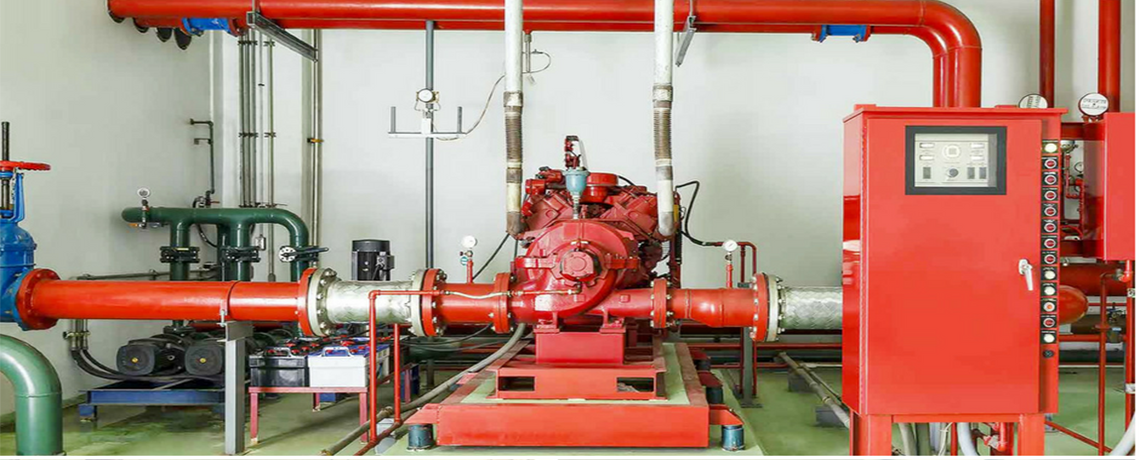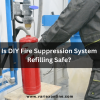![]()
Fire Immuniser
+91-7829629111
Email: info@variex.in
Varistor Technologies Pvt. Ltd.
Block-1, First Floor, Ardente Office One, Hoodi Circle, ITPL Main Road, Bengaluru, Karnataka 560048, IN
How To Design Fire Hydrant System
Designing a fire hydrant system is crucial for ensuring effective firefighting capabilities in buildings, neighborhoods, and industrial facilities. A properly designed system can make a significant difference in combating fires efficiently and minimizing property damage. This guide provides an overview of the key steps and considerations involved in designing a fire hydrant system.
| Step | Description |
|---|---|
| 1. Assessing Requirements | Understand local regulations and building codes governing fire hydrant systems. Determine water demand based on area/building size, occupancy, and fire risk. |
| 2. Identifying Water Sources | Evaluate available water sources (municipal supply, tanks, ponds). Ensure adequate capacity and reliability. |
| 3. Hydraulic Calculations | Perform calculations for pipe sizing, pressure losses, and flow rates. Consider friction losses, elevation changes, and fittings. |
| 4. Layout and Spacing | Design layout for coverage and accessibility, consider building layout, roadways, and topography. Space hydrants strategically. |
| 5. Selecting Hydrants | Choose hydrants meeting local standards, with suitable flow capacity, pressure rating, and durability. Ensure clearances for access. |
| 6. Pipeline Design | Design pipeline network using appropriate materials (ductile iron, PVC), sizing, routing, and elevation. Incorporate valves and fittings. |
| 7. Integration with Fire Protection Systems | Coordinate design with sprinklers, standpipes, and other systems. Ensure compatibility and proper integration. |
| 8. Compliance and Approval | Ensure design complies with regulations, obtain necessary permits and approvals, engage with fire department officials. |
| 9. Maintenance and Testing | Develop maintenance plan, conduct regular inspections, testing, and training on operation and maintenance procedures. |
Assessing Requirements:
- Understand local regulations and building codes governing fire hydrant systems.
- Determine the water demand based on the size, occupancy, and fire risk of the area or building to be protected.
- Consider factors such as water pressure, flow rate, and available water sources.
Identifying Water Sources:
- Evaluate available water sources, including municipal water supply, water tanks, ponds, or rivers.
- Ensure adequate water capacity to meet the demand during firefighting operations.
- Assess the reliability and accessibility of water sources, especially during emergencies.
Hydraulic Calculations:
- Perform hydraulic calculations to determine the required pipe sizes, pressure losses, and flow rates.
- Consider factors such as friction losses, elevation changes, and pipe fittings.
- Ensure that the system can deliver the required flow and pressure at all hydrant locations.
Layout and Spacing:
- Design a layout that provides adequate coverage and accessibility to all areas within the protected zone.
- Space hydrants strategically to minimize hose lengths and maximize coverage.
- Consider factors such as building layouts, roadways, and topography when determining hydrant locations.
Selecting Hydrants:
- Choose hydrants that meet local standards and specifications.
- Consider factors such as flow capacity, pressure rating, and durability.
- Ensure proper clearance around hydrants for easy access and operation.
Pipeline Design:
- Design the pipeline network using suitable materials such as ductile iron or PVC.
- Ensure proper sizing, routing, and elevation to maintain adequate water pressure and flow.
- Incorporate valves, fittings, and pressure-reducing devices as necessary to control the flow and pressure.
Integration with Fire Protection Systems:
- Coordinate the design of the fire hydrant system with other fire protection systems such as sprinklers and standpipes.
- Ensure compatibility and proper integration to enhance overall fire protection capabilities.
Compliance and Approval:
- Ensure that the design complies with local regulations, building codes, and standards.
- Obtain necessary permits and approvals from relevant authorities before installation.
- Engage with fire department officials and inspectors to review and approve the design.
Maintenance and Testing:
- Develop a maintenance plan to ensure the reliability and functionality of the fire hydrant system.
- Conduct regular inspections, testing, and maintenance activities as per manufacturer recommendations and regulatory requirements.
- Train personnel on proper operation and maintenance procedures.
Designing a fire hydrant system requires careful planning, hydraulic analysis, and compliance with regulations. By following these steps and considerations, engineers and designers can develop effective and reliable fire protection systems that enhance safety and minimize property damage in the event of a fire. Regular maintenance and testing are essential to ensure the system remains in optimal condition and ready for emergency response.
Frequently Asked Questions
A fire hydrant system is a network of pipes, valves, and hydrants designed to provide access to water for firefighting purposes in buildings, neighborhoods, and industrial facilities.
Designing a fire hydrant system is crucial for ensuring effective firefighting capabilities, minimizing property damage, and protecting lives during fire emergencies.
Fire hydrant systems are typically designed by qualified engineers or fire protection specialists who have expertise in hydraulic calculations, building codes, and firefighting standards.
Factors such as water demand, available water sources, hydraulic calculations, layout and spacing, selection of hydrants, pipeline design, integration with other fire protection systems, compliance with regulations, and maintenance and testing procedures are all considered during the design process.
Water demand is determined based on factors such as the size and occupancy of the area or building to be protected, as well as the fire risk assessment. Local regulations and standards also dictate minimum water flow and pressure requirements.
Final Say
At VariEx.in and VariexOnline.com, we specialize in supplying and installing top-quality fire fighting systems and equipment. From fire extinguishers to advanced suppression systems, we offer comprehensive solutions tailored to your needs. Our experienced team ensures precise installation and maintenance for optimal safety.
Trust VariEx for reliable fire protection. Contact us online or call 7829629111 to learn more.










